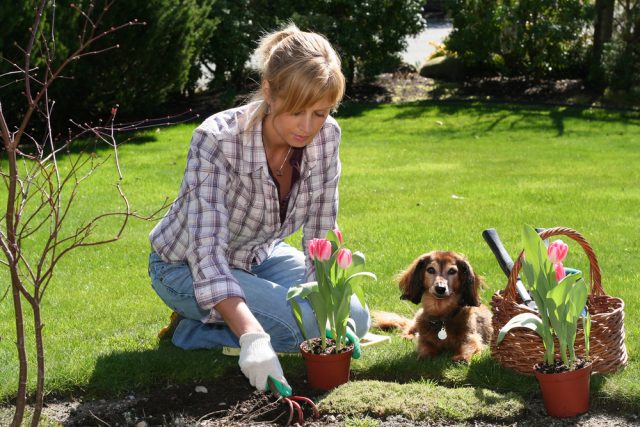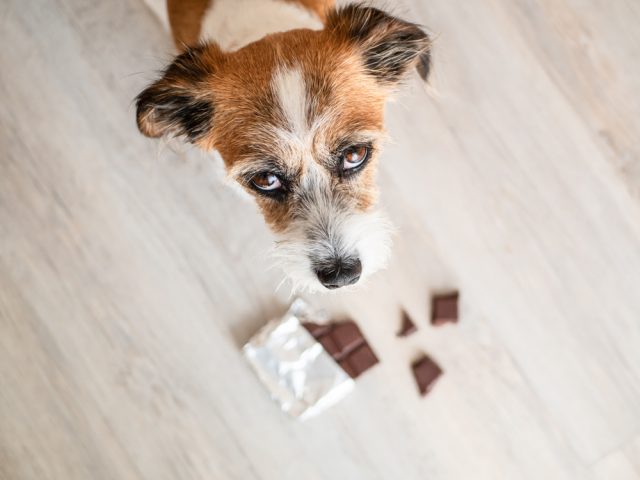The ASPCA® (The American Society for the Prevention of Cruelty to Animals®) and its Animal Poison Control Center (APCC) have released the top list of common household toxins most frequently ingested by dogs, according to cases handled by the APCC.
To help pet parents avoid more toxicity tragedies, the ASPCA Animal Poison Control Center also released a new mobile app – APCC by ASPCA – featuring a searchable database of more than 275 toxins as well as helpful information for owners of dogs, cats, horses, and birds. The free app helps pet owners quickly and accurately identify common household hazards, toxic and non-toxic plants, potentially harmful medications, as well as warm and cold weather hazards.

Information in the app is provided by expert toxicologists at the ASPCA’s Animal Poison Control Center, which handles more than 165,000 cases each year of pets exposed to potentially toxic substances. The app is a free download for all iPhone and Android users.
Here is the list of top toxins, ranked in order of call volume:
#1 – Human prescription medications topped the list again with 16 percent of all calls. The types of medications pets are most often exposed to appear to correlate with the most popular medications prescribed to humans.
#2 – Over-the-counter medications, which includes herbal and other natural supplements, attracted greater concern this year than in previous years resulting in approximately 25,000 calls. This category is exceptionally large, encompassing over 6,900 different products.
#3 – Insecticides dropped to the third slot this year, with 9.1 percent of the calls to the APCC (15,000 cases). These products can be very dangerous if the label directions are not followed.
#4 – Household items were the cause for concern in more than 13,500 cases. Paints and cleaning products are the most common items for this category of calls.
#5 – Human foods are especially appealing to pets, especially dogs. Dogs can get into serious trouble by ingesting onions, garlic, grapes, raisins and xylitol, a sugar substitute which can be life-threatening for animals. Approximately 13,200 cases involved human foods in 2014.
#6 – Veterinary medications made up seven percent of total cases in 2014. People need to be aware that chewable medications are very tasty and pets might ingest an entire bottle if it is not kept out of their reach.
#7 – Chocolate ingestion is very common (this is the only category with one item in it). At the APCC, chocolate calls make up six percent of their total call volume – over 30 calls a day! The darker the chocolate, the more potential it has to do harm.
#8 – Plants represent approximately five percent of the calls to the APCC and moved up a spot since 2014. Most of these calls involve cats and houseplants.
#9 – Rodenticides are made to kill mice and rats, but they can also kill pets if ingested. APCC handled more than 7,500 cases about rodenticides last year.
#10 – Lawn and garden products round out the top ten, accounting for about 2.7 percent of all calls. Many of these exposures occurred because people did not store lawn and garden products out of the reach of pets.

Ensure your pup stays safe from these common household hazards by storing medications, cleansers, and chemicals safely out of reach. When cooking, keep ingredients pushed far back on countertops to deter counter surfers. Before landscaping or planning your garden, research which plants are dangerous to dogs, cats, an wildlife. And when all else fails, use baby gates to keep nosy pups in their place!




